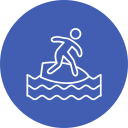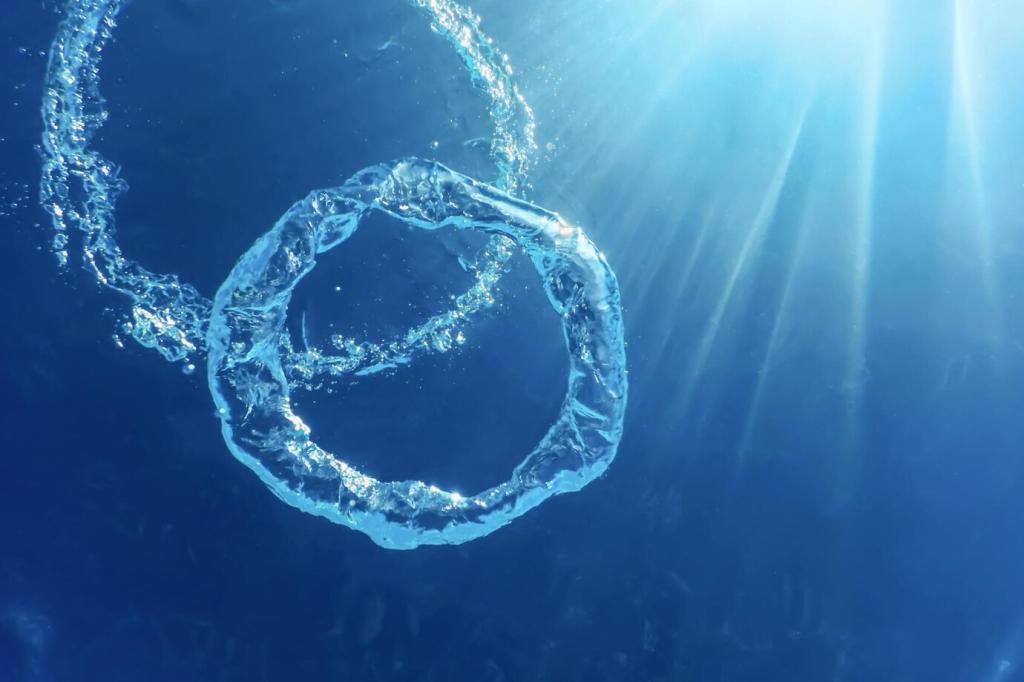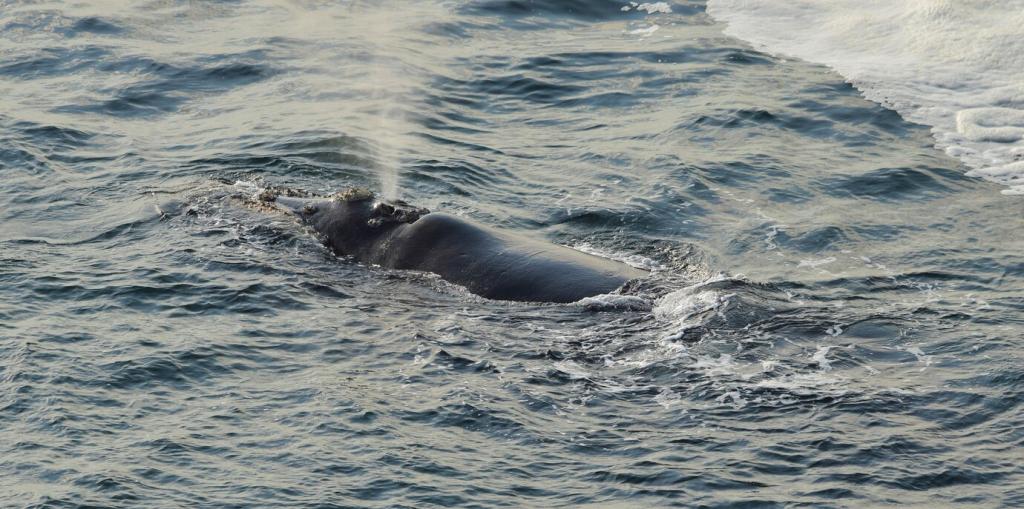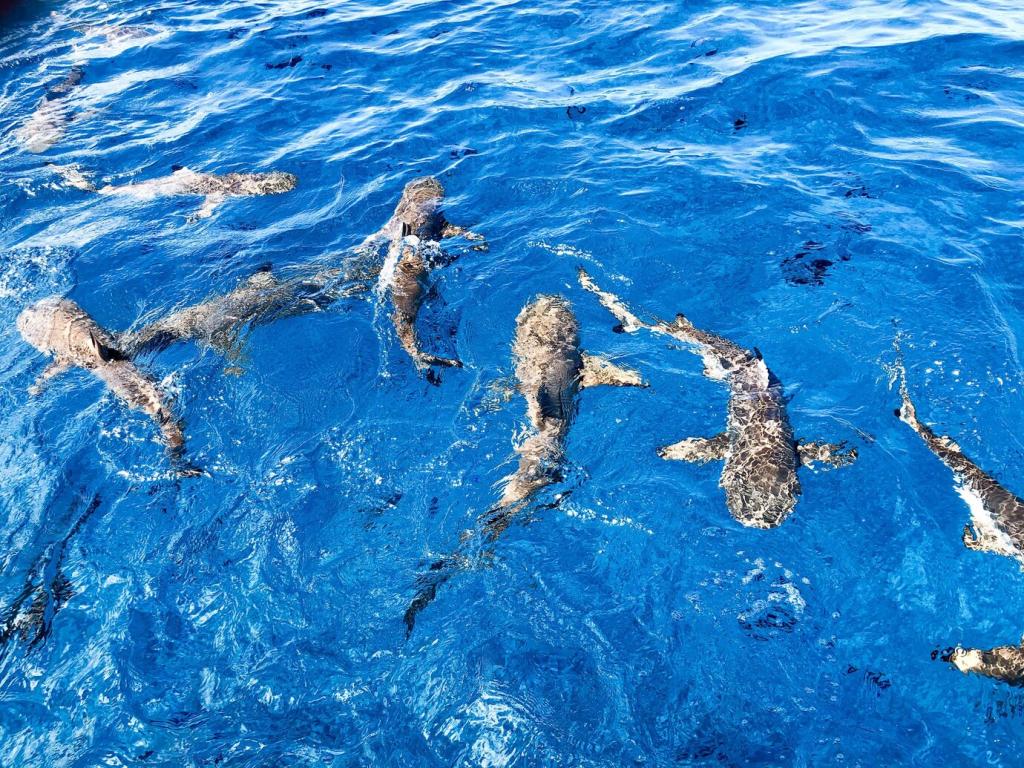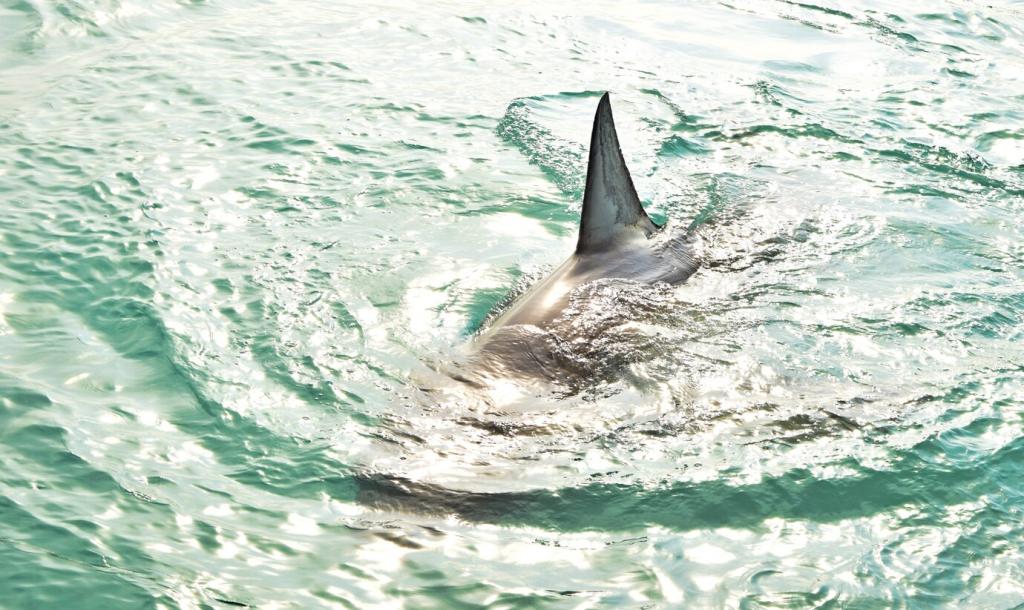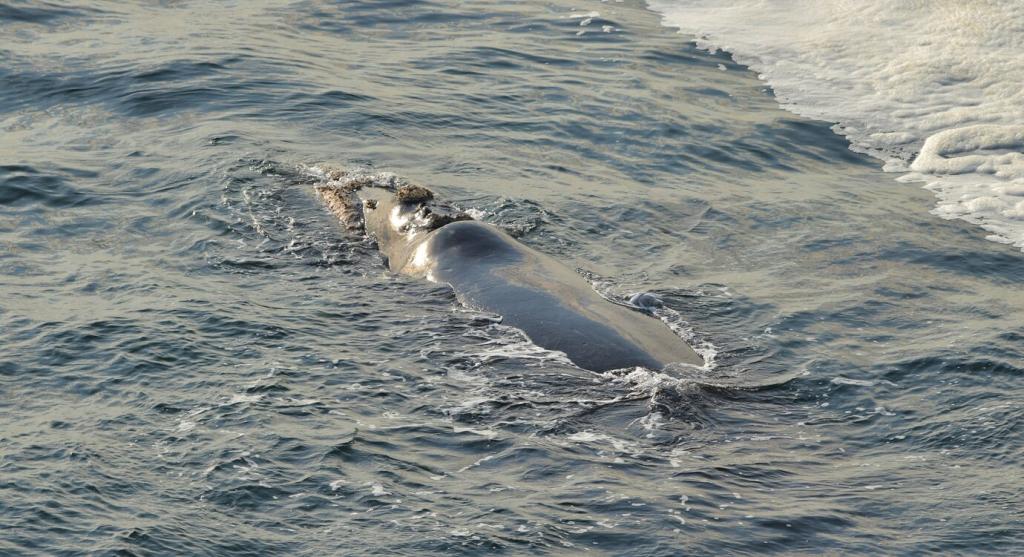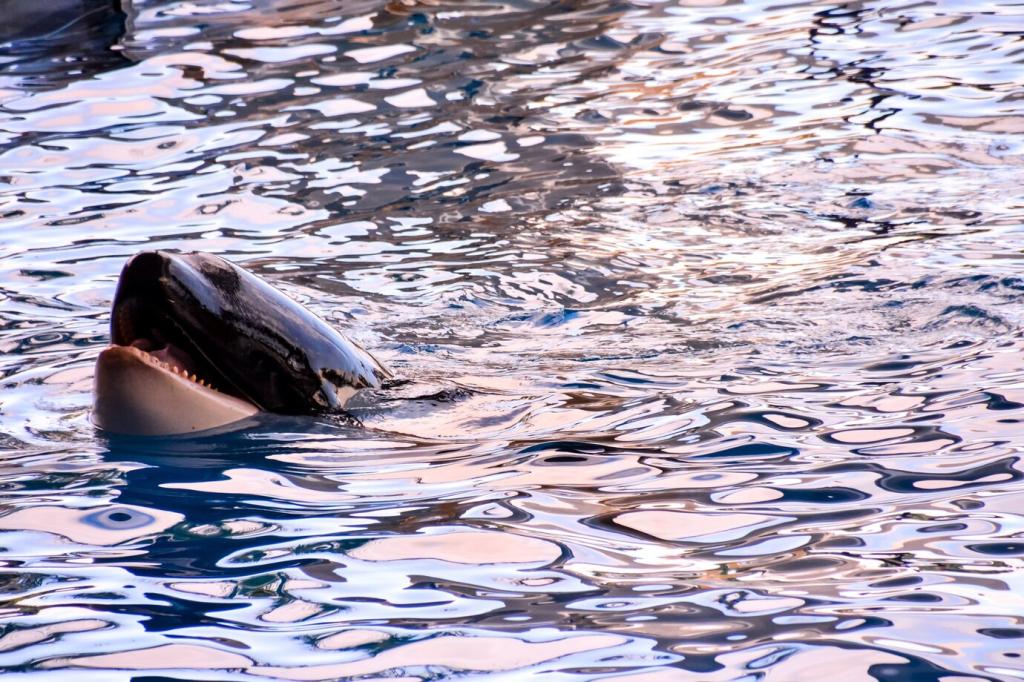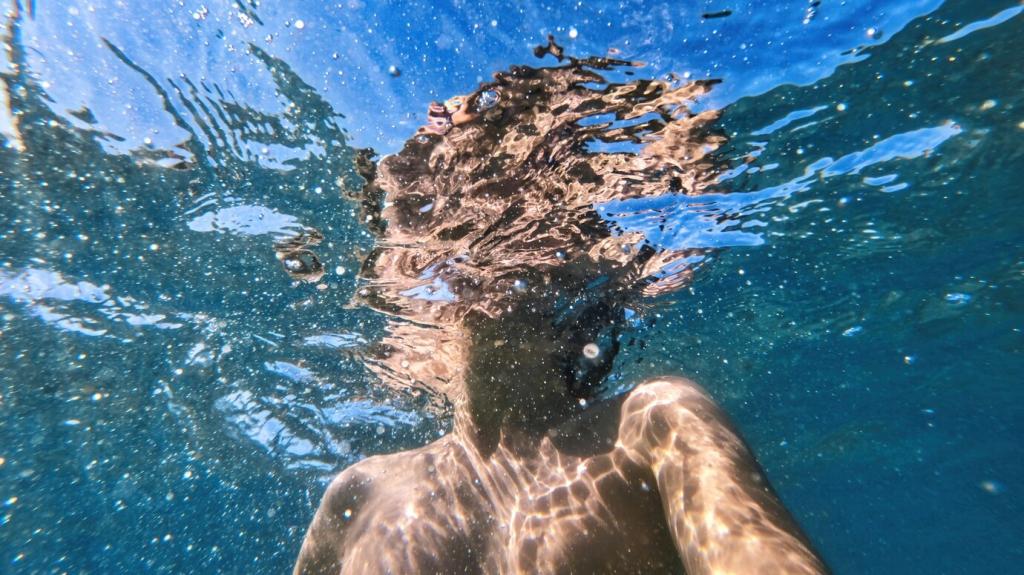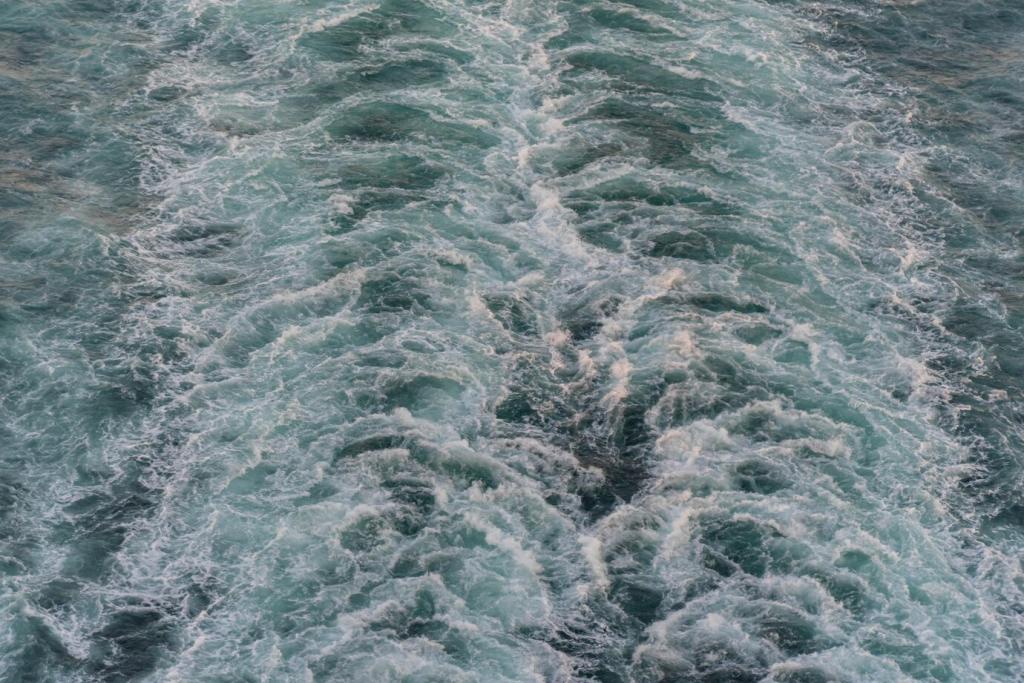Training for Open Water Performance
Insert sighting every six strokes during long repeats, practice close-quarters starts, and alternate paced 200s with easy 50s to mimic surges. Try no-wall turns for continuous effort. Finish with heads-up freestyle lengths to build stability when waves demand higher sighting.
Training for Open Water Performance
Prioritize rotator cuff stability, scapular control, and thoracic mobility. Add band external rotations, Y-T-W raises, and foam-rolling. Hip and ankle mobility improve kick efficiency in chop. Two short strength sessions weekly can reduce shoulder niggles and help you sustain cleaner mechanics longer.
